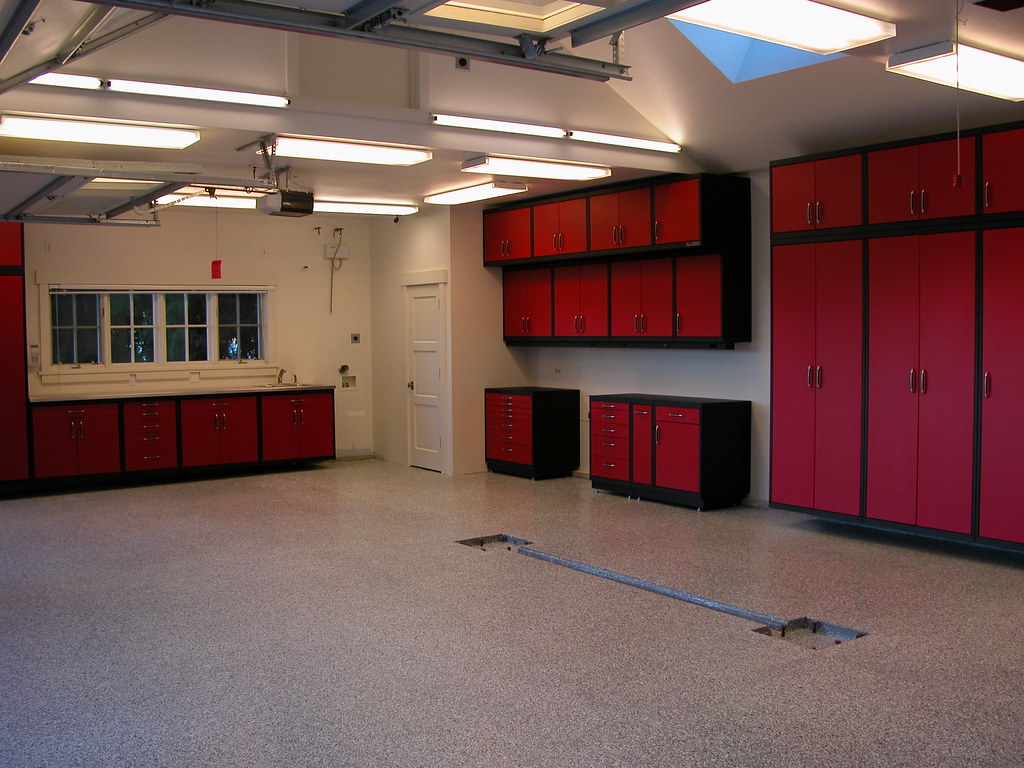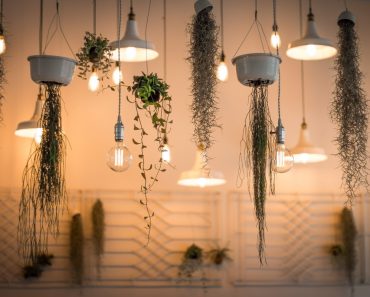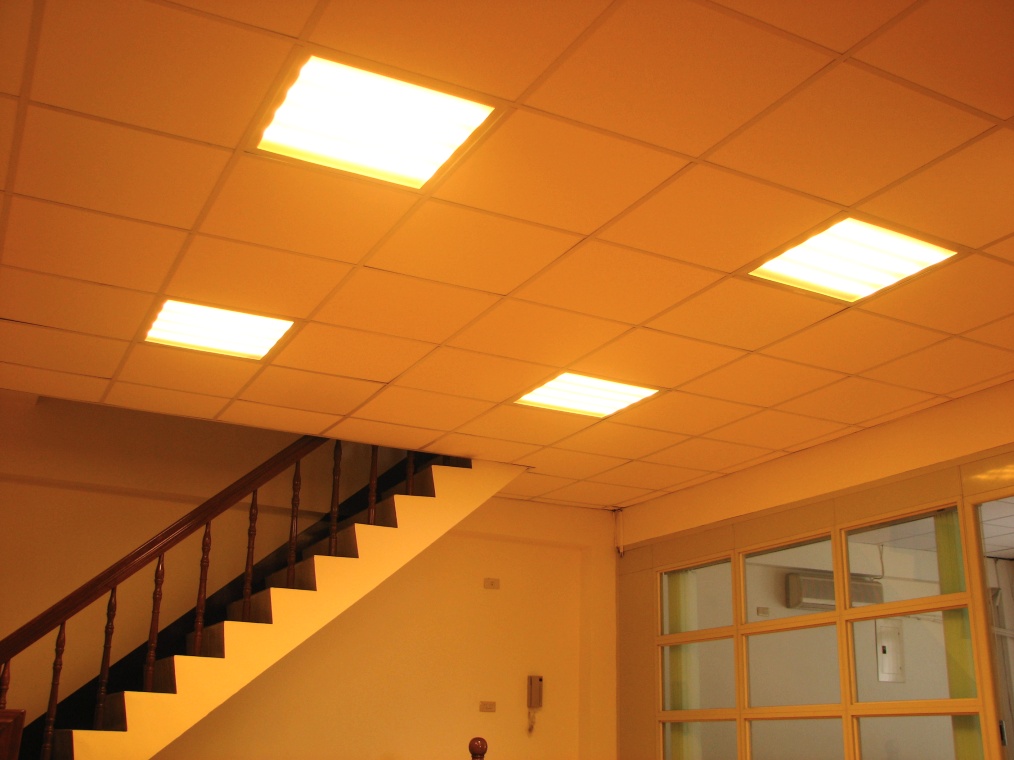Recessed lights, also known as downlights, are an important element of many house lighting plans.
Downlights may give any living area a touch of sophistication and panache. Downlights can also help you save money on electricity and maintenance by using today’s LED technology.
Here’s a short summary of some of the more important features of LED downlights.

What are the downlights?
Downlights are light fixtures that hang from the ceiling and provide illumination to a room. The downward-facing downlight is usually flat against the ceiling. Some trims, like gimbals or eyes, do, however, stick below the ceiling to allow for aiming the light.
This lighting type may be installed in a whole area. General illumination is the term for this. Downlights can also be used to highlight a focal point or offer visual interest to a space.
During the construction of a new house, you may install downlights quickly; but, you may also upgrade existing recessed fixtures to LED downlights retrofitting.
What makes downlights special?
There are so many different trims, lenses, and reflector styles to choose from that lights withstood by this material stand out.
You can also buy downlights with swivelling arms and additional capabilities based on the construction, trim, and angle. Eyeballs and gimbals are two recessed lighting styles that are gaining in popularity because you may aim them in specific directions.
Benefits of LED recessed lights
Downlights also provide better directional control of light than traditional lighting technologies like incandescent, reducing heat production, energy usage, and efficacy. Because LEDs last longer, you’ll save money on maintenance over time.
Downlights are quite popular in homes, but LEDs offer many more options. LEDs are available in more hues and nuances than incandescent bulbs and can be dimmed to a fraction of the brightness. Warm white LEDs are the most common downlight lights, but you may install smart bulbs that change colours if you want to be creative.

Outdoor downlights
Recessed lights are also suitable for outdoor uses. Outdoor downlights may improve the look of your property while also enhancing security. If you want to add illumination around the outside of a building, consider installing LED downlights on eaves or overhangs.
What are the environmental benefits? LEDs perform best in cold weather. And, as long as you don’t leave your LED downlights on all day in the summer, they’ll be just fine outside.
LEDs’ long-term advantages, such as prolonged life spans and lower power usage, can be especially advantageous if your second-story eaves are tough to access. Replacement bulbs will be uncommon.
Install recessed lights in your home
Installing downlighting in the kitchen, for example, may provide illumination flexibility and in-ceiling fixtures.
Downlights may be used in conjunction with energy-efficient LED bulbs to create more modern and cost-effective lighting throughout the home.



